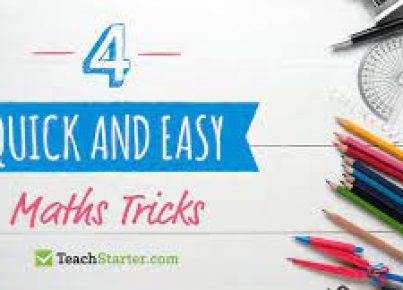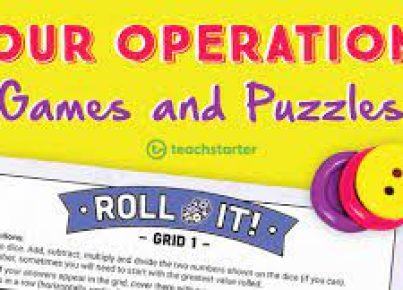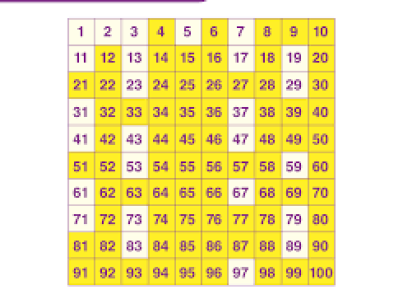The bar model is a powerful visual strategy for solving arithmetic problems, commonly used in Singapore Math and other mathematics curricula around the world. It helps students understand the relationship between numbers and the operations that connect them. But what exactly is a bar model, and how can it be effectively employed in the classroom to enhance students’ problem-solving skills?
A bar model is a pictorial representation of numerical situations or problems. It involves drawing bars or boxes to represent known and unknown quantities, making it easier to visualize complex arithmetic problems. The bars are drawn to scale to reflect the value of each amount, with longer bars representing larger amounts and shorter bars for smaller quantities.
To use this method in your class, introduce it step by step:
1. Start with simple addition and subtraction problems – Use physical objects at first (like blocks or counters) to help students see how numbers can be represented visually, then transition to drawing these representations as models.
2. Teach students to label their bar models – Each part of the bar or box should be labeled with the corresponding value or variable. For example, if students are working on a problem involving the total number of apples, each section of their model could be labeled with ‘apples’.
3. Progress to more complex problems – Once your students are comfortable with basic problems, introduce varied types such as multiplication, division, ratios, or even algebraic expressions and equations into bar modeling exercises.
4. Encourage creativity and flexibility – There is often more than one way to draw a model for a given problem. Encourage students to experiment with different models until they find one that helps them understand and solve the problem best.
5. Practice regularly – Include bar modeling in regular practice exercises so that students develop familiarity with this approach and gain confidence in using it.
6. Word Problems – Bar models thrive in breaking down word problems into digestible parts. Have students identify what they know, what they need to find out, and how the parts of the problem relate to each other before drawing their models.
In practice, here’s how you might use a bar model:
Suppose your objective is to solve a word problem like “John has 20 apples; he gives 5 to Mary. How many does he have left?” A bar would be drawn representing John’s 20 apples. Then a smaller section (representing the 5 apples he gives away) would be shaded or separated from the rest of this bar. The length of the unshaded part of the bar represents how many apples John has left.
The strength of teaching through bar models comes from its capacity to provide an external aid in understanding abstract concepts. Fluency with this technique allows students not only to answer textbook questions but also equips them with analytical tools that apply far beyond formal math problems—into everyday numeracy.
Integrating this tool into your math instruction encourages strategic thinking, deepens comprehension, and fosters an environment where mathematical discussion and exploration are part of everyday class activities.





